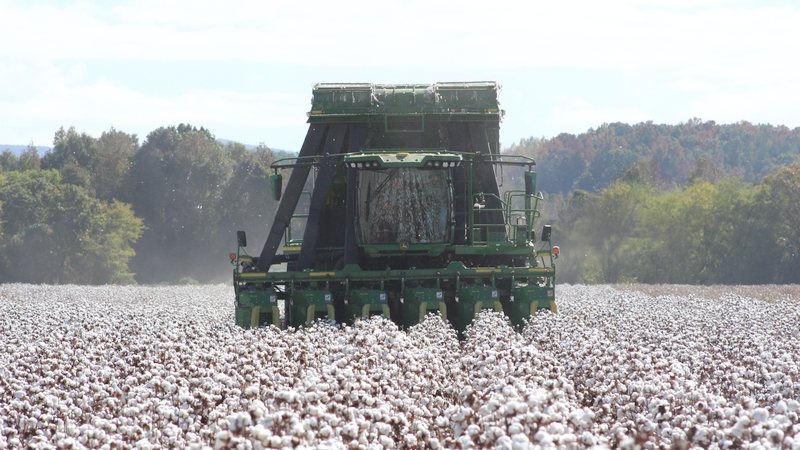From Boom to Bust and Back to Normal?
During the past three years, the global textile industry has undergone one of its most dramatic periods in history. While the global economy was still booming into 2007, it almost collapsed in 2008 and 2009 as a result of the worst global financial and economic crisis since the Great Depression. This had, of course, severe negative consequences for the textile and its allied industries around the world. To what extent was the global textile industry affected by the crisis and what is the outlook for the future?
According to ITMF’s State of Trade (STR) data, global yarn and fabric production fell during the crisis continuously between the second quarter of 2008 and the first quarter of 2009. But yarn and fabric production experienced a strong rebound in the second quarter of 2009 to pre-crisis levels, a development which was confirmed in the third quarter of 2009. While one was expecting some sort of stabilization and was hoping for an increase in production, such a strong surge came as a surprise.
Looking at the disaggregated ITMF data, one can observe that this strong global rebound was mainly the result of increasing output levels in Asia and South America, while Europe and North America reported only modest improvements. Within Asia, it is China that seems to have weathered the global financial and economic crisis best. Even in 2009 the Chinese economy grew by impressive +8.5 percent; likewise India’s economy kept growing in 2009 (+5.5 percent).
Even though China and India’s textile export industries suffered during the crisis – U.S. textile imports from China and India, for example, fell by -2.8 percent and -9.4 percent, respectively – their domestic textile markets continued to grow at impressive rates. In both countries, retail sales grew by double-digit numbers in 2009 indicating that their respective domestic markets were hardly affected by the crisis. In other words, domestic demand is able to compensate to a great extent the losses in the export business.
The impressive double digit growth rates in the production of textiles and clothing in China – both for the international export markets and for its domestic market – in recent years are the logical result of heavy investments in new textile machinery during the past seven years. Looking at the data of ITMF’s International Textile Machinery Shipment Statistics (ITMSS), it becomes evident that China was by far the largest investor in textile machinery. For example: in the year 2002, global shipments of short-staple spindles reached 3.53 million of which merely 0.76 million, or 22 percent, were destined for China. Already in 2003, global shipments jumped to 8.16 million spindles, an increase of 131 percent of which China alone absorbed 4.95 million or 61 percent. In the next four years, global shipments of short-staple spindles continued to grow with China absorbing 50 percent and more.
As a result of this extraordinary investment boom in Asia in general and China in particular between 2000 and 2007, a huge shift of installed capacities of textile machinery took place. Installed capacities of short staple-spindles fell in Africa, the Americas and Europe by -8 percent, -14 percent and -24 percent, respectively, while those in Asia surged by +57 percent.
Of course, the global textile industry depends on the general economic development. Therefore, it is important that both consumer and business confidence are restored around the world. Most international institutions are expecting that global gross domestic product will grow again in 2010 by 3 percent, driven mainly by countries like China (+9.0 percent) and India (+6.5 percent). The U.S. (+1.8 percent), Japan (+1.5 percent) and EU (+0.8 percent) are expected to be back on positive territory as well.
These forecasts are supported by the important Ifo-indicator for the World Economic Climate. Since its low in the first quarter of 2009, the indicator improved on a continuous basis. In the first quarter of 2010, it has risen for the first time in two years above the long-term average. It is of interest to note that both the present economic situation and the economic expectations for the next six months have continued to improve. While pre-crisis boom levels cannot be expected in the near future for the global economy, there is hope that the global textile industry will be back to normal in the near future.








